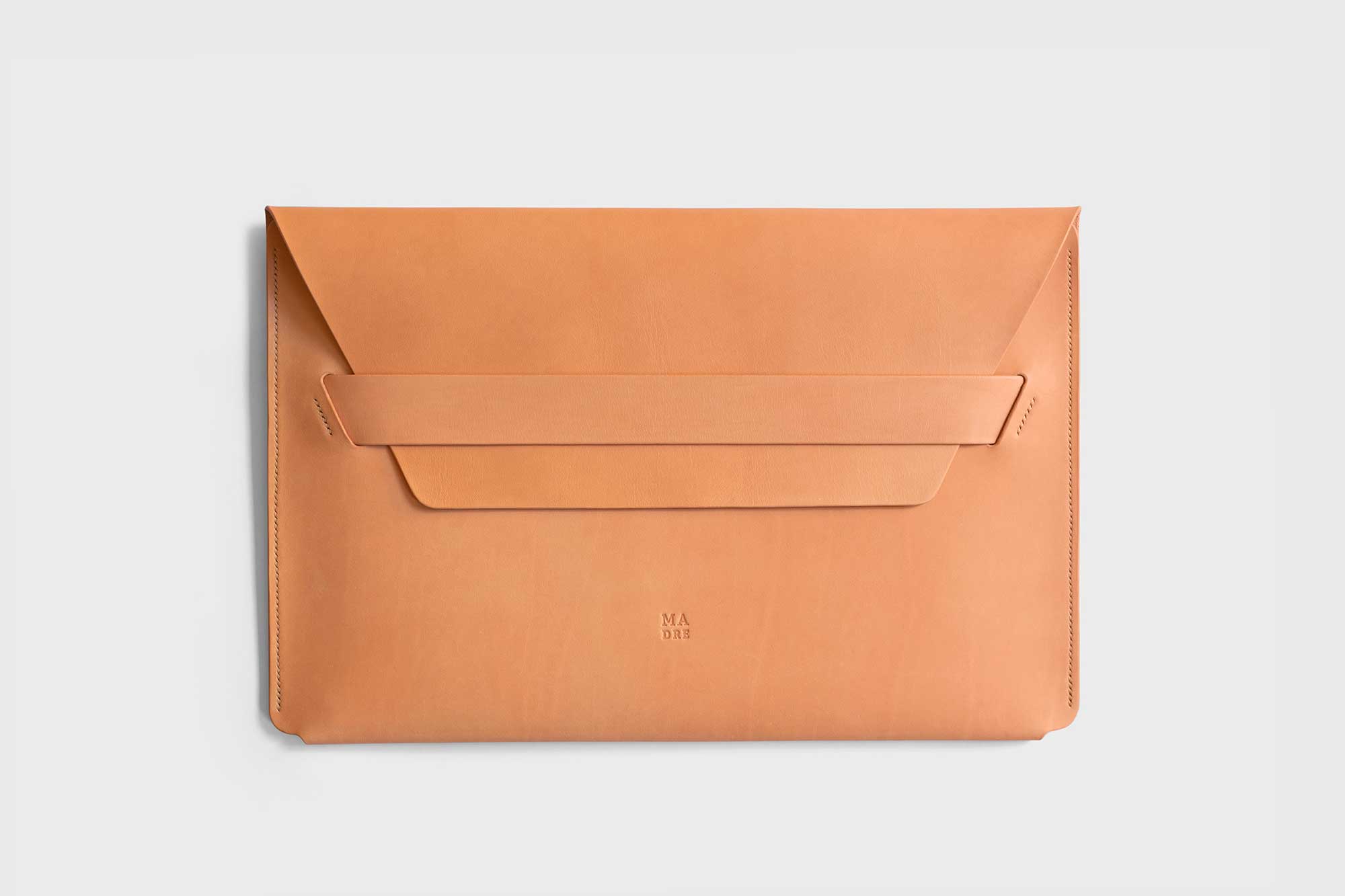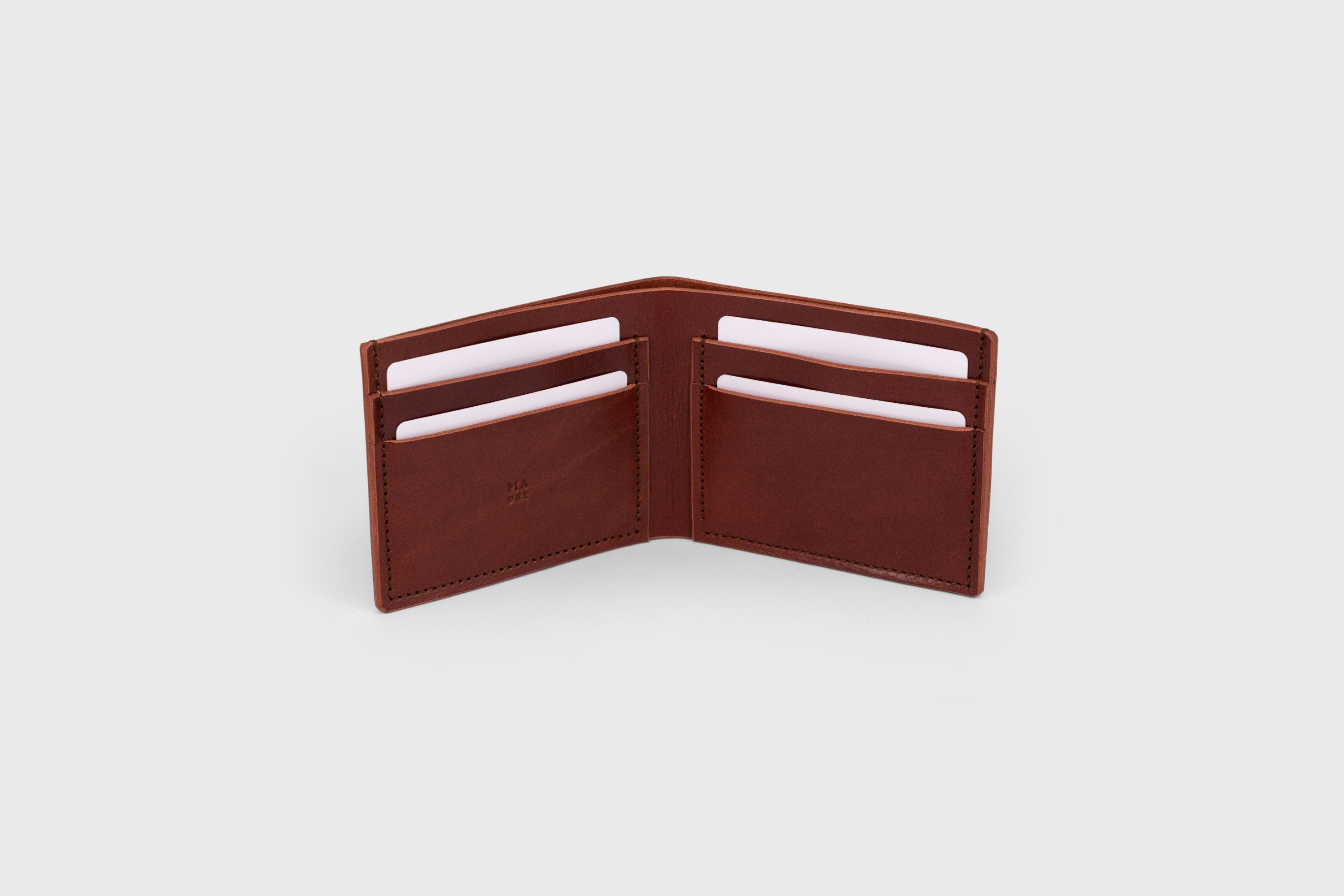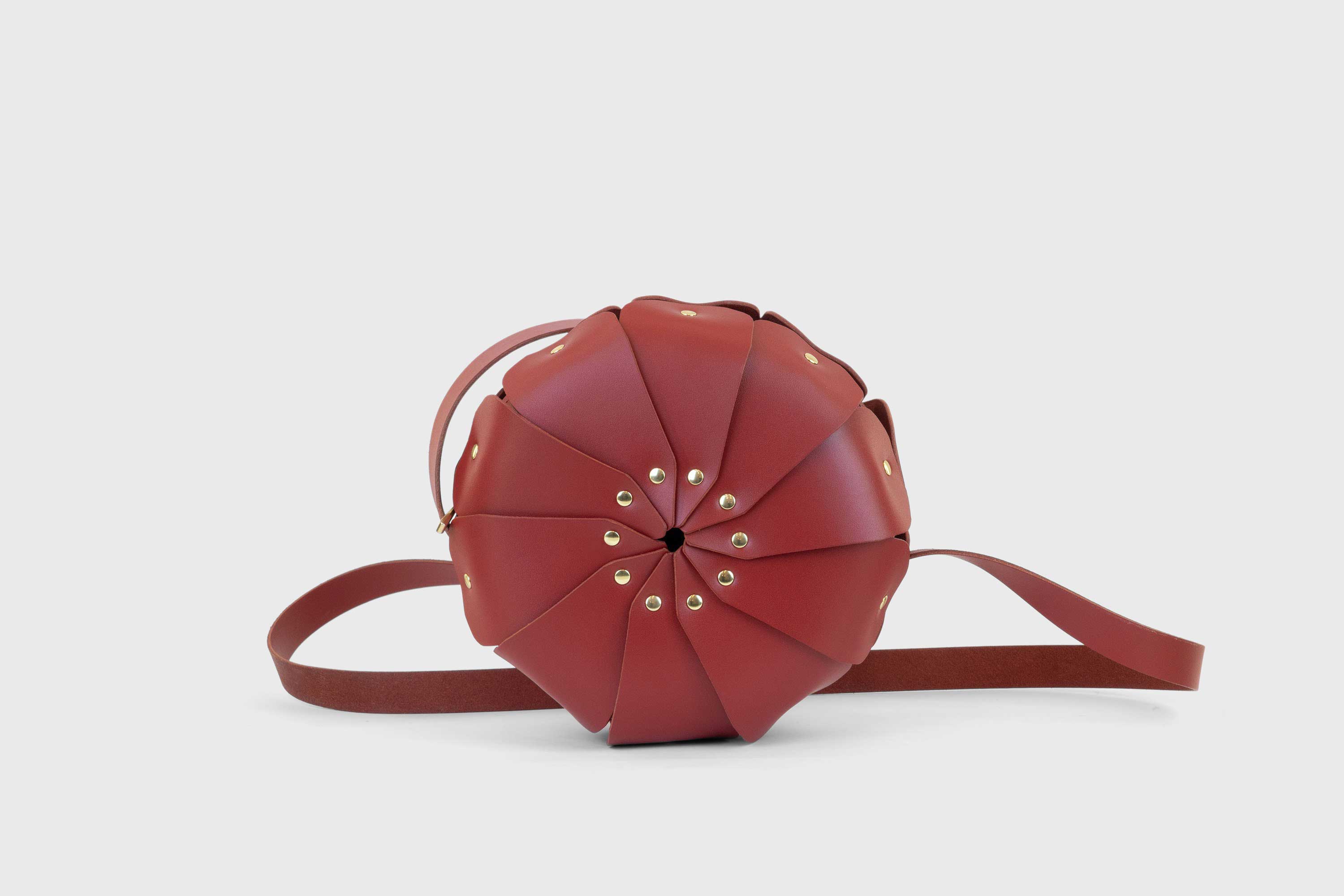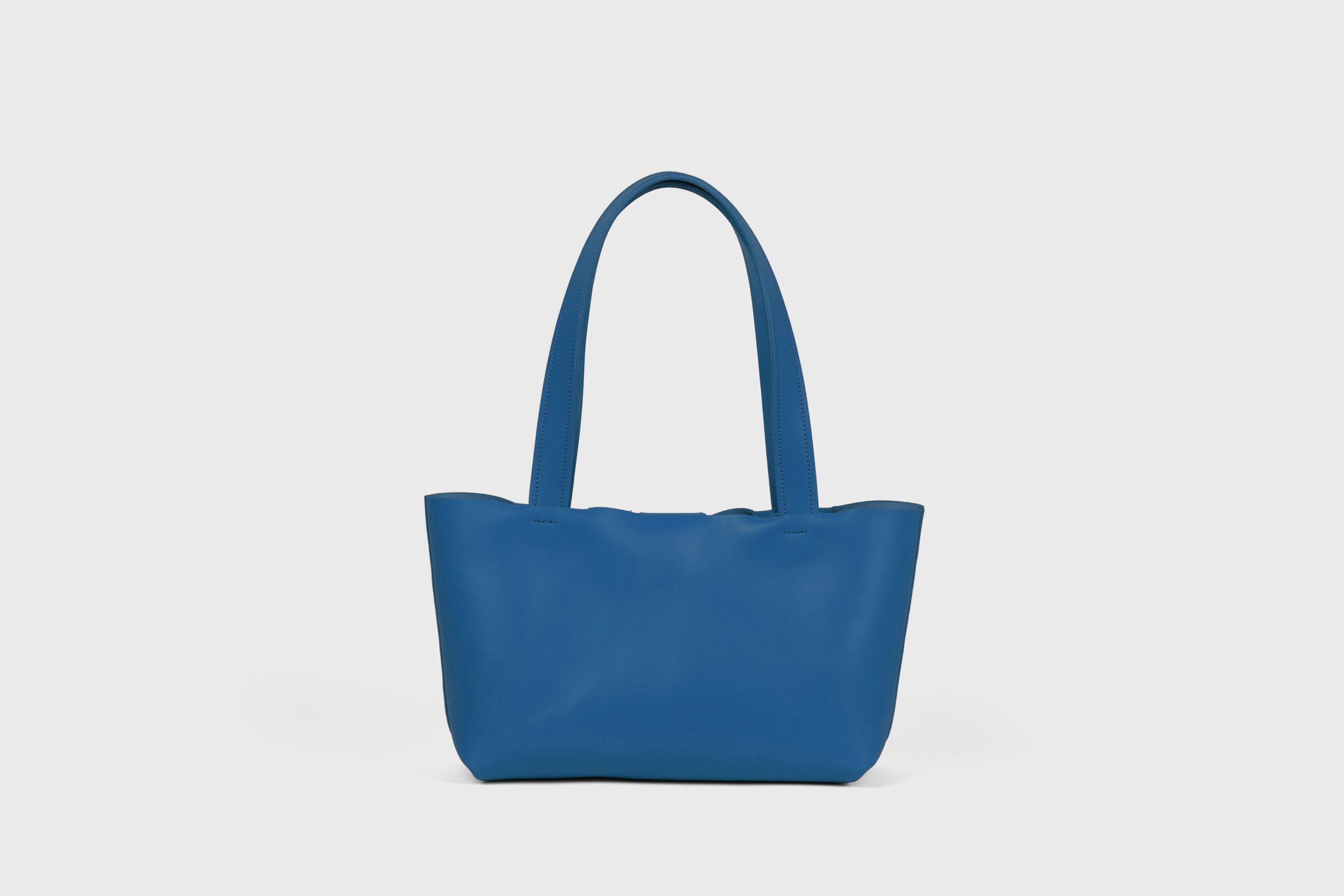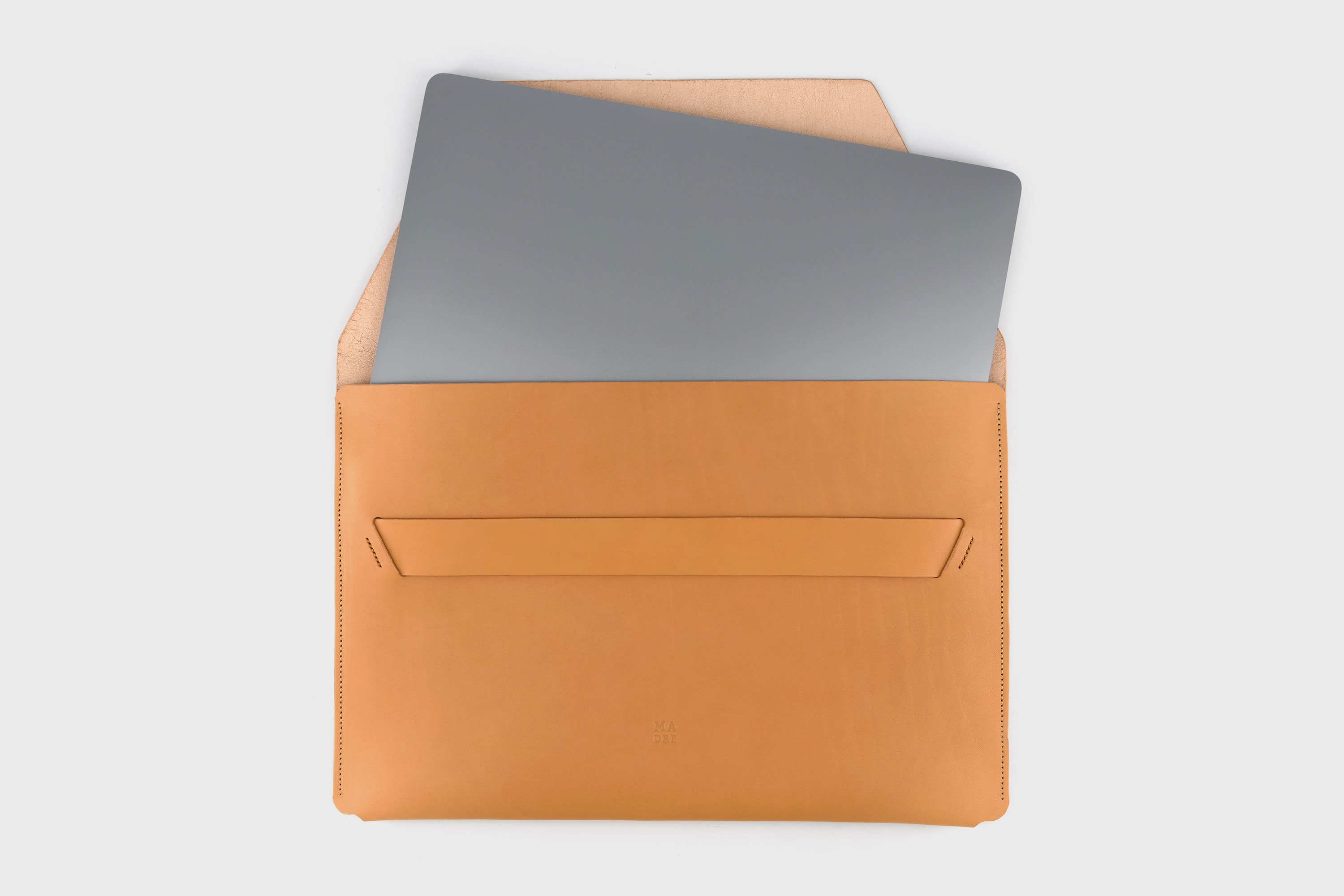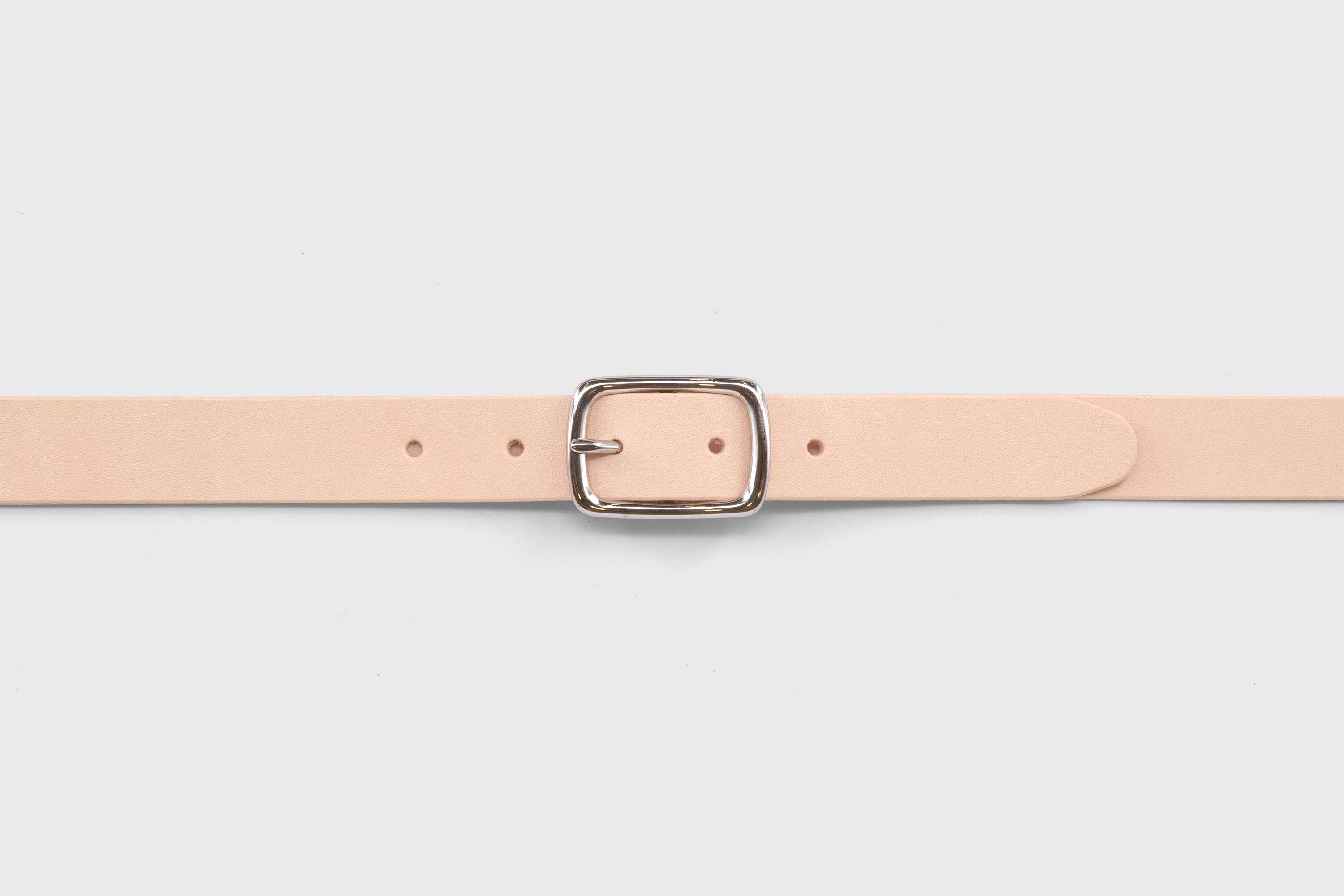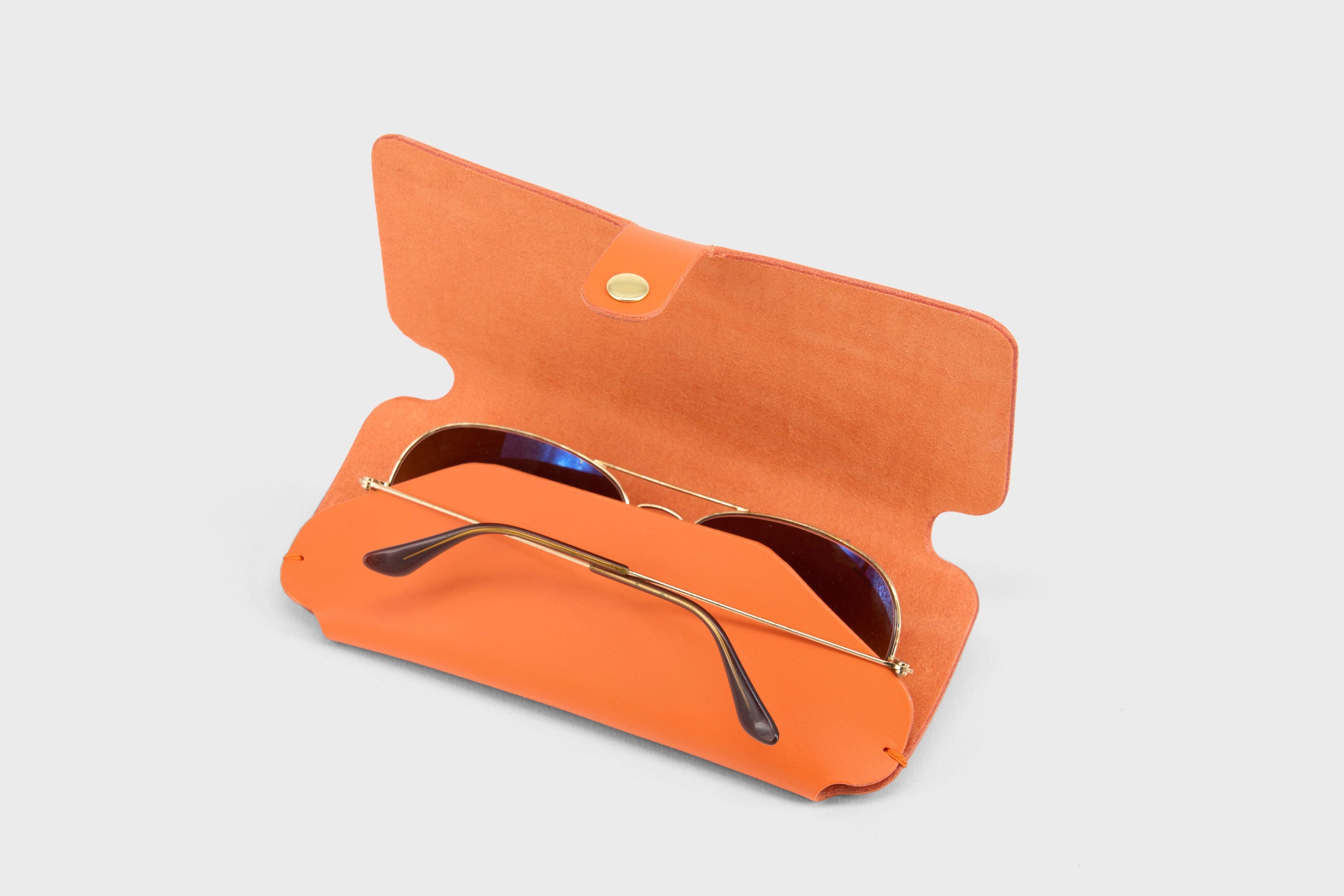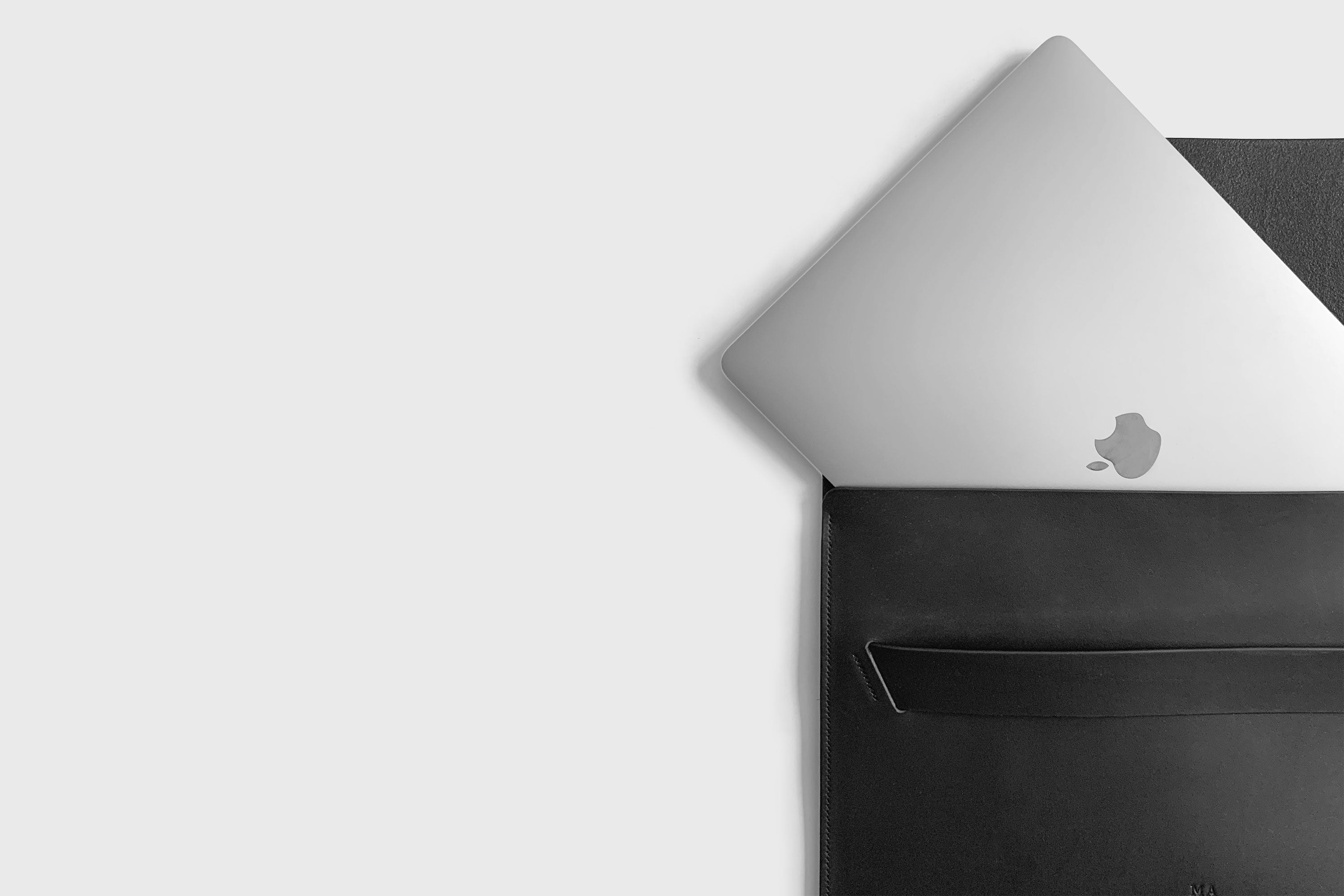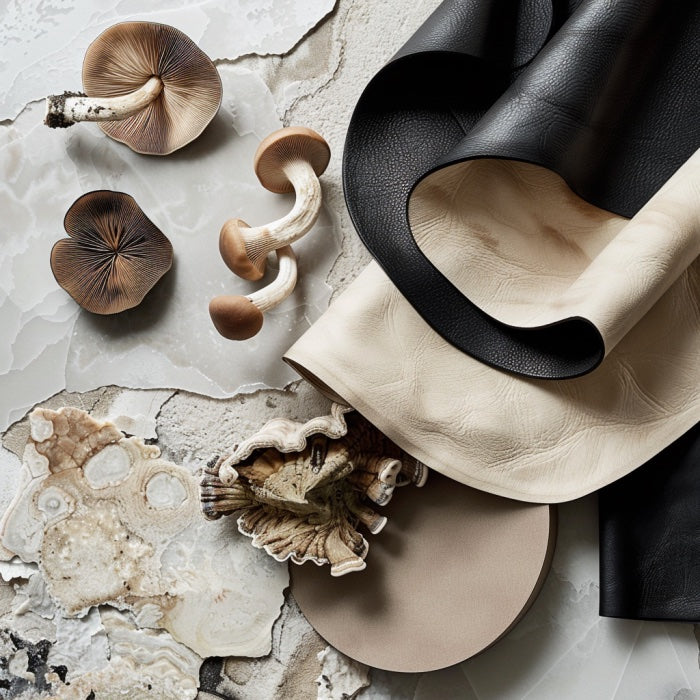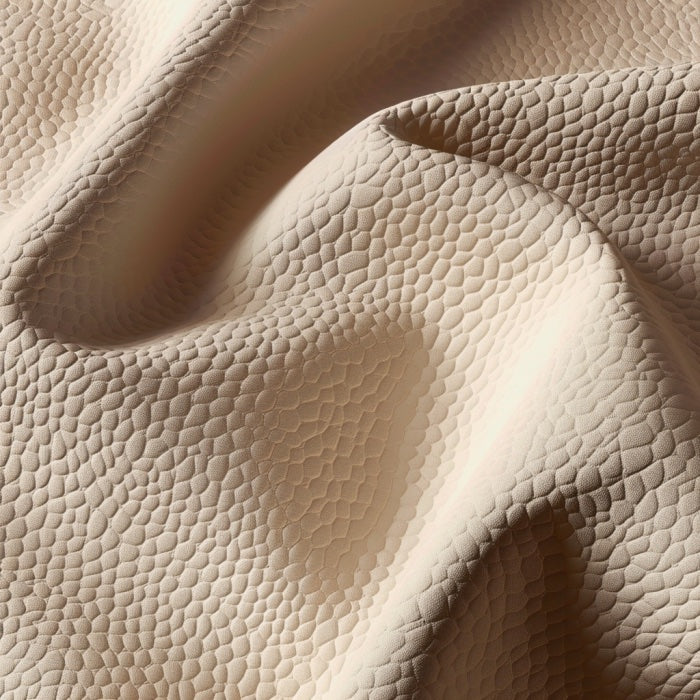
Pebbled vs. Smooth Leather: Which Should You Choose
Choosing between pebbled leather and smooth leather can feel tricky, especially when both types are so appealing. Each has its own unique look and feel, but the right choice depends on your style and how you plan to use it. In this guide, we’ll break down everything you need to know about these two popular leather types so you can decide which is best for you.
What Is Pebbled Leather?
Pebbled leather is known for its textured surface that features small, raised bumps. These “pebbles” give the leather a unique look and feel. The texture can occur naturally in the leather grain or be added through a stamping process during manufacturing.

Why People Love It:
- The texture hides scratches, scuffs, and wear, making it super durable.
- Pebbled leather feels sturdy and looks casual yet stylish.
- It’s often used for items like totes, wallets, and backpacks because of its tough, low-maintenance quality.
How Pebbled Leather Is Made
Pebbled leather is loved for its unique, textured surface, durability, and versatility. Its distinctive look comes from a process that combines craftsmanship and technology. Whether the texture occurs naturally or is added during production, the making of pebbled leather involves several key steps. Let’s look at how it’s made.
Step 1: Selecting the Leather Base
Material Types
Pebbled leather typically starts with either:
- Full-Grain Leather: The highest quality leather, retaining the natural grain and strength of the hide.
- Top-Grain Leather: Slightly processed to remove surface imperfections, but still durable and flexible for texturing.
Importance of Hide Quality
The quality of the raw hide significantly impacts the final product. Higher-quality hides result in pebbled leather that is more durable, aesthetically pleasing, and longer-lasting.
Step 2: Preparing the Leather
Tanning the Hides
The raw hides are treated through tanning to preserve the material and enhance its durability.
- Vegetable Tanning: Uses natural tannins from plants for an eco-friendly process, resulting in firmer leather.
- Chrome Tanning: A faster method that produces more flexible leather, ideal for pebbled finishes.
Dyeing the Leather
The leather is dyed to achieve its desired color. This step can include soaking the hides in dye baths or using spray techniques for even coverage.
Step 3: Creating the Pebbled Texture
Natural Pebbling
Some hides naturally develop a pebbled texture due to the unique grain structure of the animal’s skin. These naturally pebbled hides are rare and considered premium products. The texture of leather depends on the animal's age, species, and environment. Some hides naturally have a more uneven or pebbled grain due to the unique structure of the animal's skin.
Heat Stamping or Embossing
Most pebbled leather is created using a heat-stamping or embossing process:
-
Pressing the Leather:
The leather is placed under a metal plate or roller that has a raised pebbled pattern. -
Applying Heat and Pressure:
Heat and pressure are applied, imprinting the textured pattern onto the leather’s surface.

Why Heat Stamping is Popular:
- It creates consistent, uniform patterns across the surface.
- It allows manufacturers to apply a pebbled finish to top-grain leather, expanding its usability.
Step 4: Finishing the Leather
After the pebbled texture is added, the leather undergoes additional finishing steps to improve durability and appearance:
Sealing and Protecting
A protective sealant or wax is applied to:
- Guard against moisture, dirt, and wear.
- Enhance the longevity of the leather.
Softening Treatments
The leather may be treated to ensure it remains soft and flexible without compromising its durability.
Polishing
The leather is polished to achieve the desired finish, whether matte, semi-matte, or glossy, depending on the intended look.
Step 5: Cutting and Shaping
Once the pebbled leather is ready, it’s cut and shaped into products like bags, wallets, or shoes. This involves precise cutting using templates to ensure consistency and quality.

What Is Smooth Leather?
Smooth leather, as the name suggests, has a flat, sleek surface with little to no texture. It’s typically made from high-quality hides and is often associated with luxury and sophistication.
Why People Love It:
- It has a polished, elegant look that works perfectly for formal settings.
- Over time, smooth leather develops a patina—a soft shine that adds character and beauty.
- It’s ideal for briefcases, clutches, and other upscale accessories.
Pros and Cons of Pebbled Leather
| Pros | Cons |
|---|---|
| Highly durable and resistant to scratches. | The textured surface can trap dirt, requiring occasional cleaning. |
| Easier to maintain; minor scuffs are less noticeable. | Its casual look might not suit formal occasions. |
| Perfect for casual, everyday accessories. |
Pros and Cons of Smooth Leather
| Pros | Cons |
|---|
| Exudes elegance and works well in formal settings. | Prone to scratches and scuffs, requiring more care. |
| Ages beautifully, developing a rich patina over time. | Imperfections like stains or marks are more visible. |
| Offers a luxurious, timeless appearance. |
Aesthetic Appeal: Which Fits Your Style?
When to Choose Pebbled Leather
Pebbled leather is perfect for those who prefer a casual, modern look. It pairs beautifully with relaxed outfits and is well-suited for accessories like totes, messenger bags, and wallets. If you’re looking for something durable and low-maintenance, pebbled leather is an excellent choice.
When to Choose Smooth Leather
Smooth leather is the epitome of elegance. It’s the ideal option for professionals, fashion enthusiasts, and anyone who values timeless sophistication. Accessories like sleek laptop bags or clutches made from smooth leather add a touch of refinement to any outfit.
How Durable Are They?
The durability of leather depends on its type, treatment, and how it’s used, and both pebbled leather and smooth leather offer different strengths in this area. Let’s take a closer look at their durability and how they perform under various conditions:
Pebbled Leather Durability

Strengths:
Scratch-Resistant Surface: The textured surface of pebbled leather makes it highly resistant to scratches and scuffs. This feature is particularly beneficial for bags, wallets, or items that are frequently handled or exposed to rough surfaces.
Conceals Wear and Tear: The natural bumps and uneven texture help mask minor imperfections that can occur with daily use, meaning pebbled leather maintains its appearance for longer without needing constant care.
Moisture Resistance: While not fully waterproof, pebbled leather tends to repel small amounts of moisture better than smooth leather due to its textured surface.
Considerations:
Dirt Build-Up: The grooves in pebbled leather can trap dirt or dust over time. Regular cleaning is needed to prevent debris from settling into the texture, especially for lighter-colored leathers.
Ideal Uses:
Pebbled leather’s durability makes it perfect for casual, everyday items like:
Totes and Backpacks: Withstand heavy use and movement.Wallets: Resistant to constant handling and abrasion.
Messenger Bags: Ideal for commuting and outdoor use where surfaces may be less forgiving.
Smooth Leather Durability

Strengths:
Aging Gracefully: Smooth leather develops a patina over time, giving it a unique character as it ages. This natural aging process can make older smooth leather pieces look even more beautiful.Long-Term Potential: With proper care, smooth leather can last decades. Conditioning and polishing help maintain its structure and softness, ensuring longevity.
High-Quality Hides: Smooth leather is often made from premium full-grain or top-grain leather, which inherently makes it strong and durable when treated well.
Considerations:
Scratch-Prone Surface: The flat surface of smooth leather is more susceptible to visible scratches and scuffs. These marks can add character over time but require extra care to avoid unnecessary damage.Sensitive to Stains: Smooth leather can absorb liquids and stains more easily, especially if untreated. Quick cleaning and regular conditioning are essential to maintaining its appearance.
Ideal Uses:
Smooth leather’s durability is suited for refined, formal items that aren’t subjected to harsh conditions, such as:
Briefcases and Laptop Bags: For professional settings where elegance is key.
Clutches and Evening Bags: Best for light use during events.
Wallets and Cardholders: Showcase style and sophistication while maintaining durability.
Comparing Their Durability
| Feature | Pebbled Leather | Smooth Leather |
|---|---|---|
| Scratch Resistance | High – Hides scratches well due to textured surface. | Moderate – Prone to visible scratches and scuffs. |
| Longevity | Long-lasting with minimal care. | Extremely durable with proper maintenance. |
| Resistance to Dirt | Grooves can trap dirt; requires periodic cleaning. | Flat surface shows stains easily; needs quick care. |
| Moisture Resistance | Slightly better due to texture. | Can absorb moisture if untreated; conditioning needed. |
Final Thoughts
Both pebbled and smooth leather have their strengths. Pebbled leather is all about durability and versatility, while smooth leather offers a refined, luxurious look. Whatever you choose, investing in high-quality leather ensures you’ll have a stylish accessory that lasts for years.
Both types of leather are highly durable in their own way, but the right choice depends on your needs and how much care you’re prepared to give.
Choose Pebbled Leather if you need something durable for everyday use that can withstand wear and tear with minimal maintenance. It’s the best option for those on the go or with active lifestyles.
Choose Smooth Leather if you’re looking for a refined, long-lasting material and are willing to invest time in regular care to maintain its polished appearance.
Ready to find your perfect leather accessory? Explore our collection at Manuel Dreesmann and see our products fit into your style!


